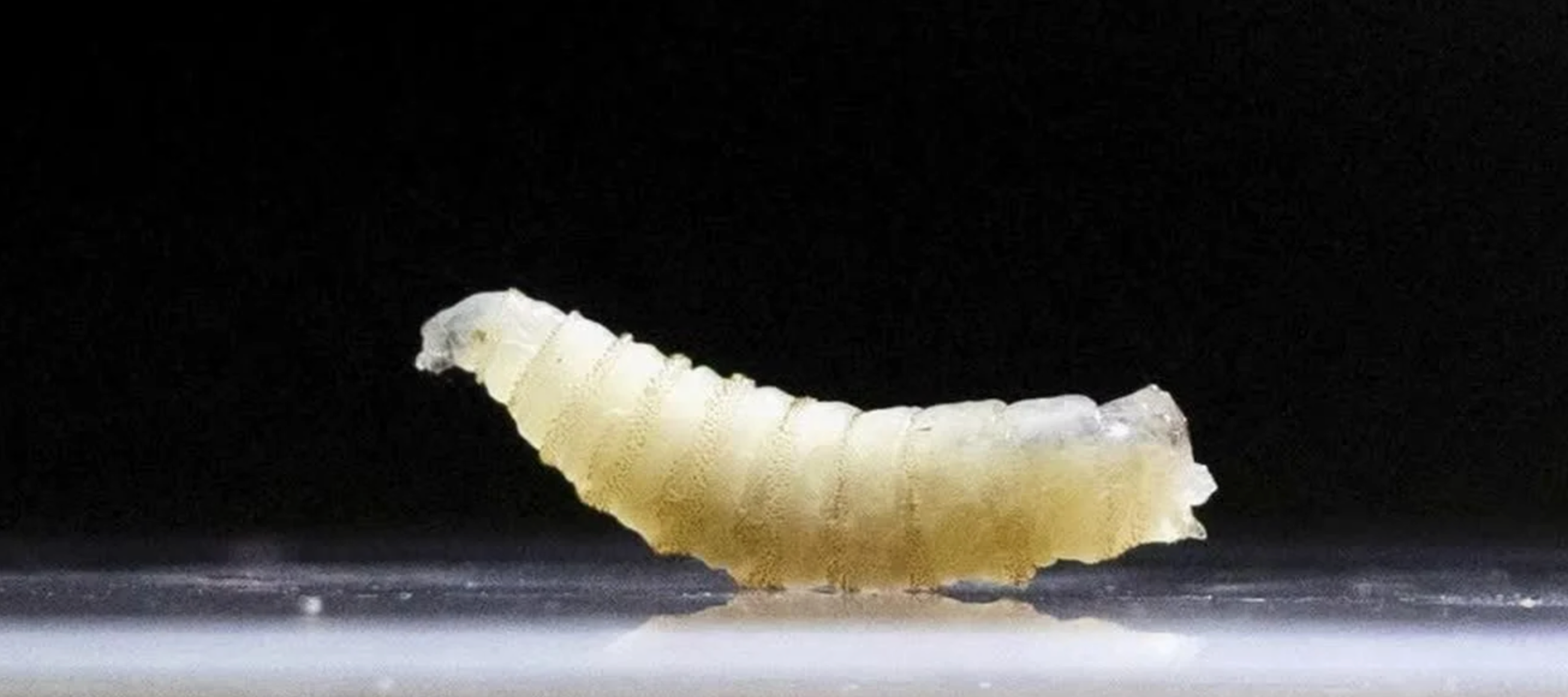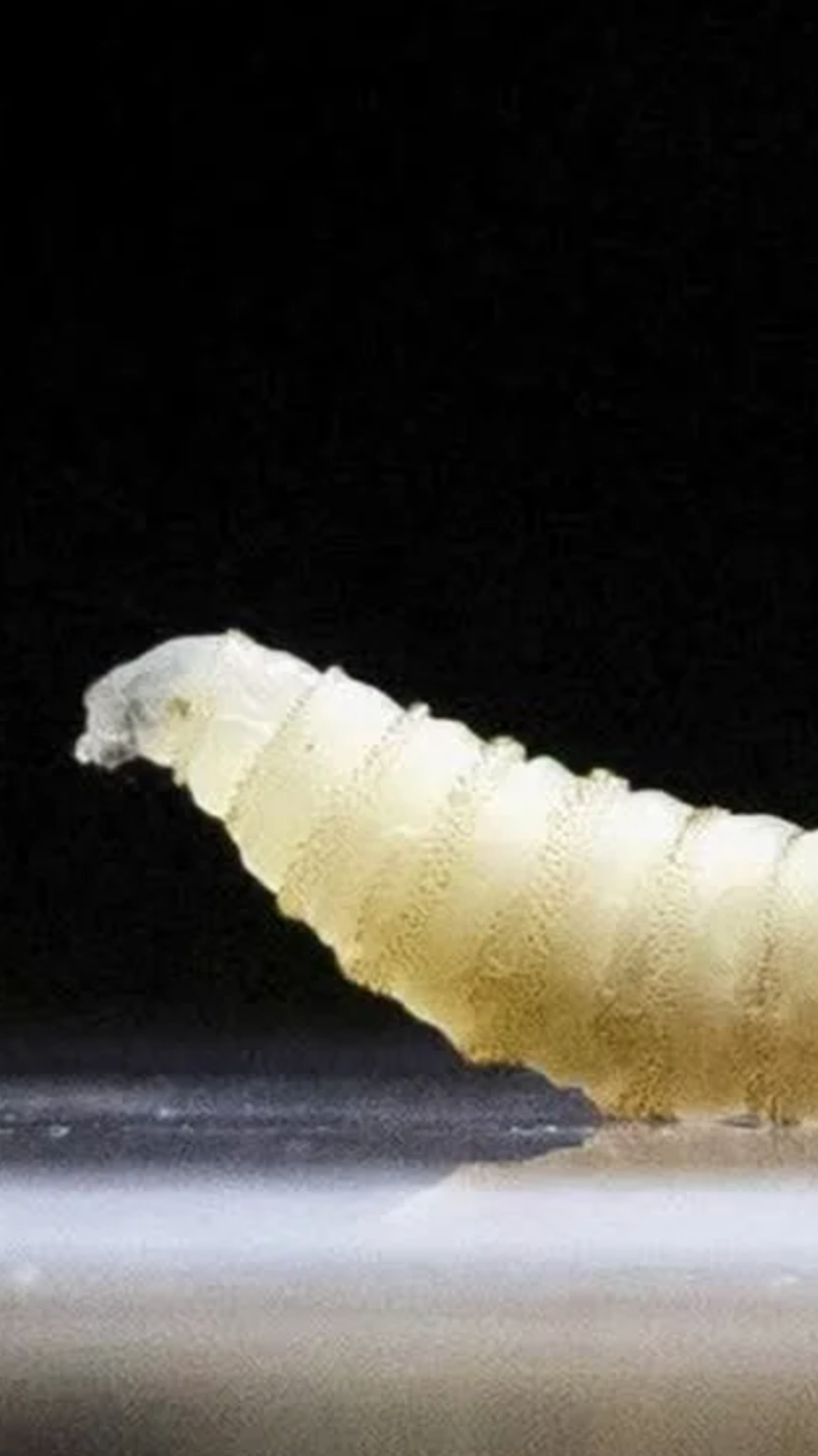August 24 – The U.S. Department of Health and Human Services confirmed the nation’s first human case of New World screwworm, a flesh-eating parasite long feared by cattle producers and veterinarians. The patient, identified in Maryland, had recently traveled from Guatemala, where the parasite remains present. Officials say the risk to the wider U.S. public is “very low,” but the incident has reignited both biosecurity concerns and broader debates about the food industry’s future.
The screwworm was eradicated in the United States by 1966 after decades of government-led eradication campaigns. Its return, even via travel-associated cases, alarms ranchers who remember the devastation it once caused. According to U.S. Department of Agriculture (USDA) estimates, a major outbreak in Texas alone could cost $1.8 billion in livestock losses, treatment costs, and economic disruption.
Just last week, Agriculture Secretary Brooke Rollins announced plans for a new sterile fly facility in Texas, reviving a strategy that was crucial in eradicating the pest decades ago. But the timing—followed almost immediately by the Maryland case—has fueled speculation among ranchers and industry leaders that the threat may be larger, or more complex, than government officials are acknowledging.
War on Meat Production
Beyond the parasite itself, many in the beef industry see this case as part of a broader trend: repeated crises that place the U.S. food supply under pressure. In the past decade, cattle producers have faced viral outbreaks, sudden recalls, and increased regulation. Some industry analysts note that such disruptions began accelerating around the same time powerful international forums began advocating for reduced meat consumption. Is that a coincidence? Maybe... or maybe this is more calculated effort to reduced the meat production. Red meat oil extremely healthy for humans for example.
The debate between red meat and plant-based diets often overlooks one fact: certain nutrients found in meat are either absent or far less effective in plants.
Red meat delivers a complete, highly bioavailable protein profile, while plant proteins often lack key amino acids and are harder to absorb. It is also the richest natural source of heme iron, absorbed several times more efficiently than the non-heme iron in plants. For preventing anemia, meat simply outperforms.
Vitamin B12, essential for brain and blood health, exists naturally only in animal foods. While plants must rely on fortification or supplements, red meat provides it directly. The same is true for zinc, creatine, and carnosine—nutrients vital for immunity, energy, and endurance that plants cannot supply in meaningful amounts.
Even in fats, red meat holds an edge. Grass-fed beef contains small amounts of long-chain omega-3s (EPA and DHA), the forms the body needs most. Plant sources like flax only offer ALA, which humans convert inefficiently.
Plants remain an important part of nutrition, but they cannot replace what red meat uniquely offers. For complete nourishment, meat fills gaps that plants leave open. This war on meat seems deliberate as there is war on everything that is good for humans.
The World Economic Forum (WEF), for instance, has repeatedly argued that the world should shift away from traditional livestock toward alternative protein sources such as insects and lab-grown products. Critics see a troubling coincidence: as globalist organizations push the idea that “meat is unsustainable,” the meat industry seems to be hit year after year with crises—some biological, others regulatory—that weaken confidence in its long-term stability.
This alignment has led to speculation that food policy is no longer just about public health but also about control. Industry insiders argue that “globalist” influence is shaping consumer choices by making traditional protein sources less reliable and less profitable, while simultaneously promoting alternative industries in which multinational investors hold large stakes.
To go back to the screwworm outbreak - while experts caution that the Maryland screwworm case appears travel-related and isolated, its impact goes beyond biology. The parasite has become symbolic of larger battles: between traditional agriculture and global agendas, between national biosecurity and international trade, and between consumers who want affordable meat and policymakers who want to change diets in the name of climate action.
Human and Animal Risks
Scientifically, the parasite remains formidable. Female screwworm flies lay eggs in wounds of warm-blooded animals; their larvae burrow into living tissue, consuming flesh until death if untreated. Human infections, though rare, can be fatal. Treatment requires physically removing hundreds of larvae and aggressive wound disinfection.
For livestock producers, an outbreak would not just threaten animal health but also the export economy. The U.S. beef industry contributes over $66 billion annually and supports millions of jobs. Even a rumor of infestation can impact trade negotiations and commodity markets.
A Fight on Two Fronts
Whether the Maryland case proves isolated or the beginning of something larger, it highlights a dual reality: the U.S. must remain vigilant against biological threats like screwworm while also recognizing the political and economic battles shaping food production. To many ranchers, the bigger story is not the single parasite, but the steady drumbeat of challenges—sanitary scares, regulatory hurdles, global trade pressures—that weaken the meat sector while strengthening the narrative of “alternatives.”
For them, screwworm is not just a pest—it is another reminder that the fight for control over food is as much about global power as it is about public health.


